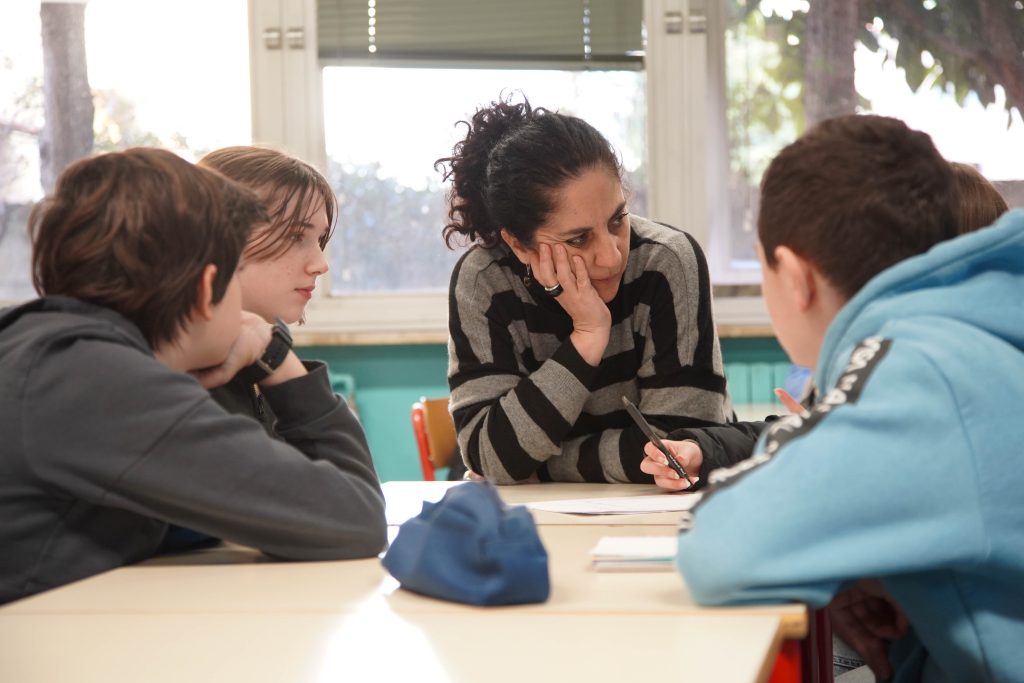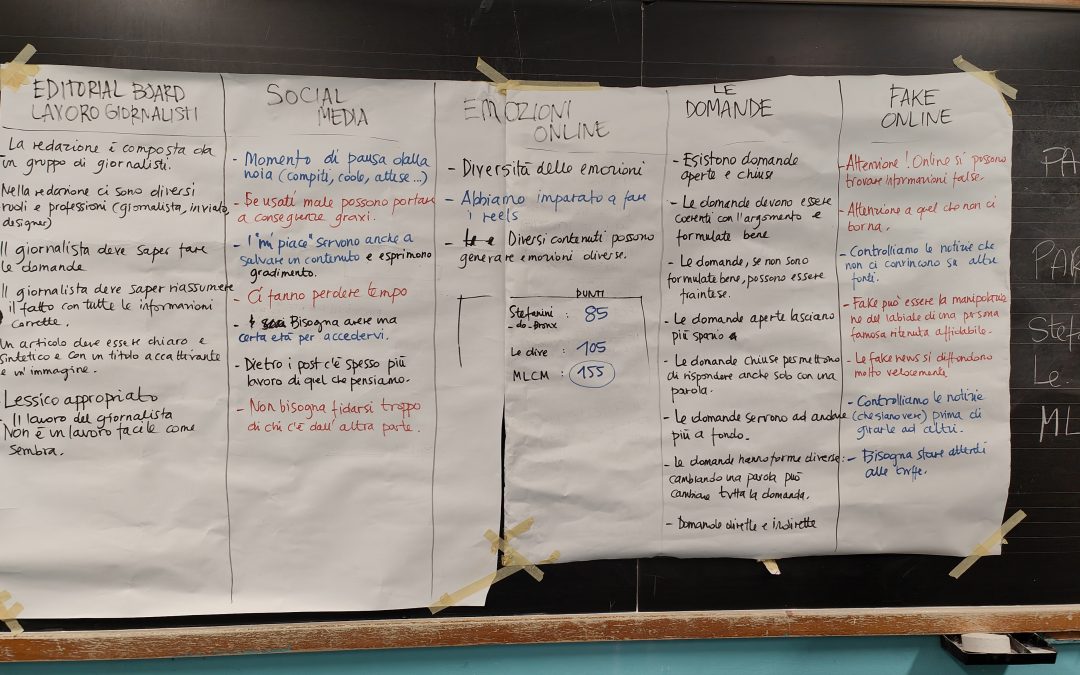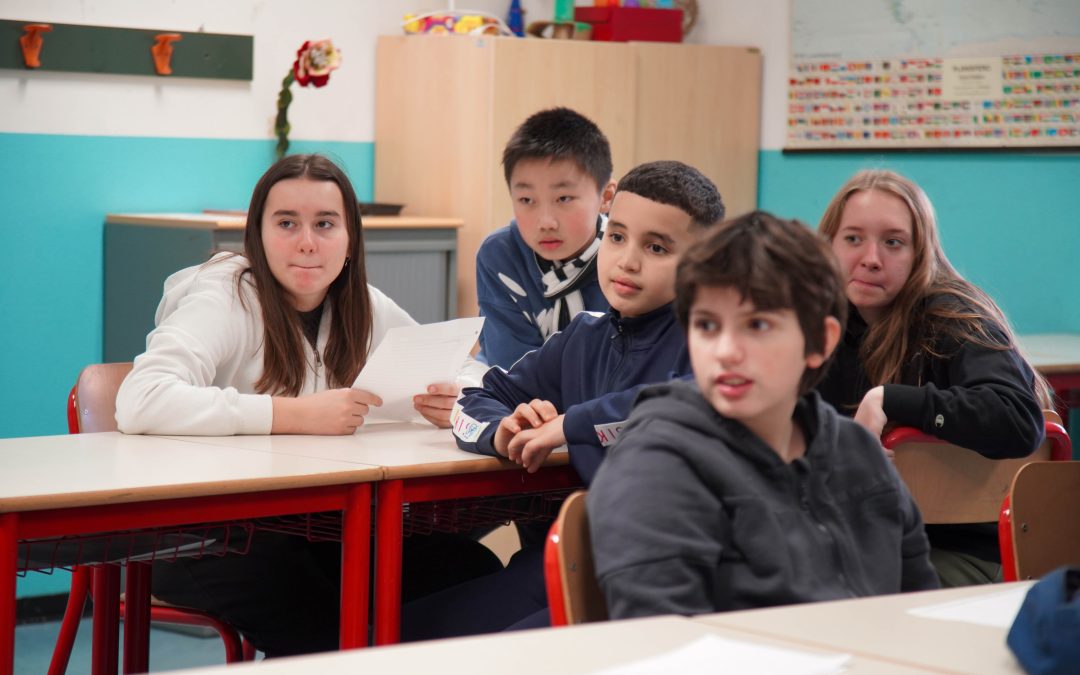The ASAP Educational Programme, part of the Erasmus+ project A Systemic Approach to Social Media and Preadolescents through Thinking Skills Education, is designed to build resilience, critical thinking, and social competences in preadolescents. Among its Learning Units, Emotions holds a special place because it addresses something every child experiences daily: the power of feelings.
In today’s world, emotions are constantly triggered not only by face-to-face interactions but also by online exchanges. A like on Instagram, a negative comment in a chat, or a trending video on TikTok can all spark strong emotional reactions in children. Helping preadolescents recognise, name, and manage these feelings is essential for their well-being. The Emotions Learning Unit equips students with the tools to understand themselves and others better, bridging emotional literacy with responsible digital citizenship.
Why Emotions Online Matter?
Emotions influence how children think, act, and interact. Positive emotions such as joy and excitement can motivate learning and creativity, while negative emotions such as fear or anxiety can block communication or lead to conflict. In preadolescence, emotions are often experienced intensely, as children navigate physical changes, new social dynamics, and the increasing role of digital life.
On social media, emotions can be amplified. Comparison, peer validation, or exposure to negative content can trigger stress and insecurity. At the same time, digital spaces can also provide support, fun, and belonging. Recognising this dual role of emotions is vital: students need to learn that feelings are not “good” or “bad” in themselves, but signals that can be managed constructively.
What the Learning Unit Contains
The Emotions Learning Unit engages children through creative and reflective activities that make emotions visible and manageable.
- Naming emotions: Students are introduced to a broad vocabulary of feelings, going beyond “happy” or “sad” to include nuanced states like nervousness, relief, pride, or envy. Expanding their vocabulary helps them describe experiences more precisely.
- Emotions and social media: Children reflect on how online interactions trigger emotions. For example, how do they feel when their post receives many likes? Or when they are excluded from a group chat? This reflection makes them aware of how digital life impacts well-being.
- Creative activities: Students create emotion cards, videos, or moodboards to represent what they feel. These outputs allow them to externalise emotions and share them with peers in non-threatening ways.
- Empathy exercises: By role-playing or discussing scenarios, students practise recognising others’ emotions and responding respectfully.
- Regulation strategies: The unit introduces simple techniques for managing emotions, such as taking a pause before replying to a message, breathing exercises, or seeking help when overwhelmed.
These activities are playful yet profound. They validate children’s feelings while showing that emotions can be expressed and managed in constructive ways.

Key competences developed
The Emotions unit develops competences essential for personal and social growth:
- Emotional literacy: Recognising, naming, and expressing a wide range of emotions.
- Empathy: Understanding and respecting the emotions of others.
- Self-regulation: Learning strategies to handle intense feelings without escalating conflict.
- Digital awareness: Recognising how social media interactions influence emotions.
- Resilience: Building the capacity to recover from negative experiences and maintain balance.
These competences are directly linked to the goals of ASAP, which seeks to help preadolescents build healthy, reflective relationships with social media.
Why this Learning Unit is important
Preadolescents often struggle to articulate what they feel. Instead, emotions can surface as conflict, withdrawal, or impulsive reactions. By offering structured opportunities to explore emotions, this Learning Unit helps children find words and strategies for their inner experiences.
In the digital context, this is crucial. Many online conflicts escalate because emotions are misunderstood or poorly managed. Teaching children to pause, reflect, and express themselves respectfully can prevent harmful interactions and promote a safer online environment. At the same time, the unit highlights the positive role of emotions — how joy, pride, or connection can make digital experiences meaningful.
Expected Impact
By the end of the Emotions Learning Unit, students will:
- Recognise and name a wide range of emotions.
- Reflect on how online interactions trigger emotional responses.
- Practise empathy and respectful responses to others’ feelings.
- Apply regulation strategies to manage strong emotions.
- Appreciate the role of emotions in shaping their relationships both online and offline.
The expected impact goes beyond individual growth. Classrooms that work with this unit foster a culture of openness and empathy, where emotions are seen as valuable rather than disruptive. Parents and teachers involved in the activities also benefit from a shared vocabulary to support children’s emotional development.
By learning to name, express, and regulate emotions, children build empathy, resilience, and responsibility.
In a digital world where a single message can trigger intense reactions, this unit reminds us that emotional awareness is not just a personal skill — it is a cornerstone of safe, respectful, and meaningful participation in society.





